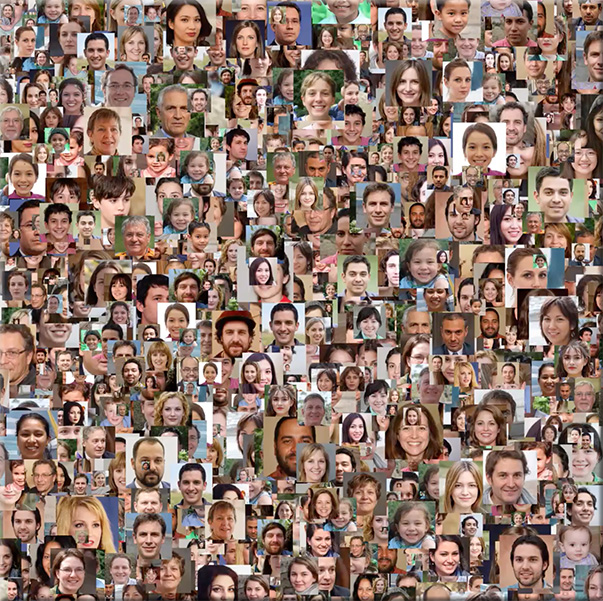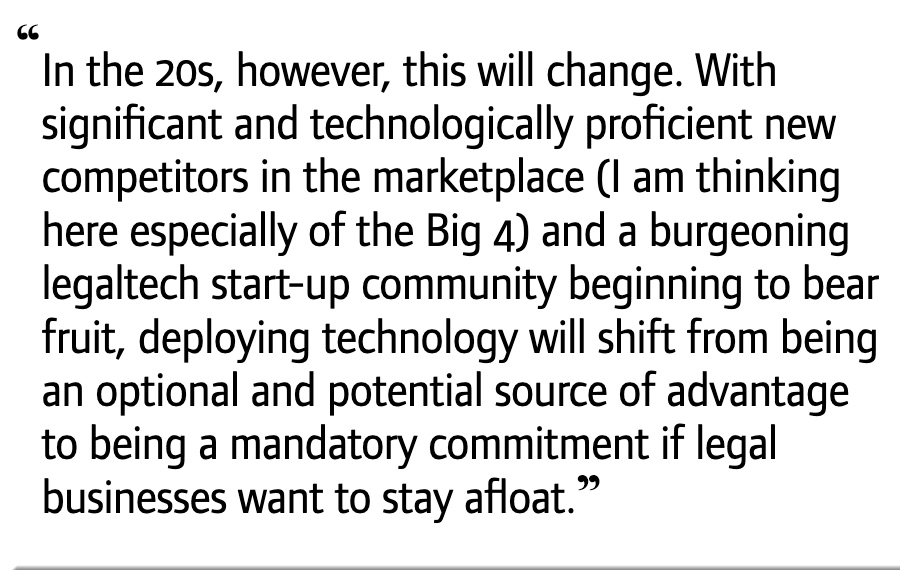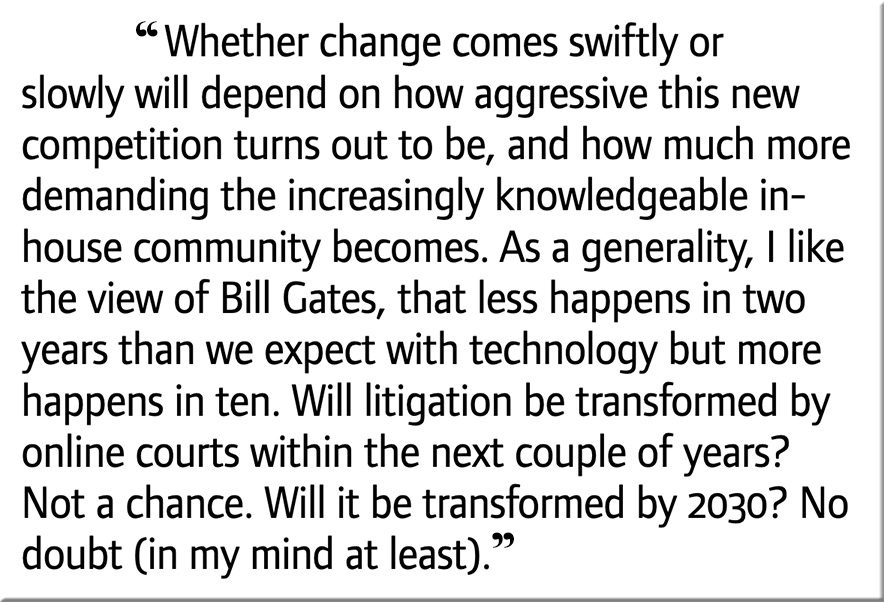Gartner: 10 ways technology will change what it means to be human — from campustechnology.com by Rhea Kelly
Excerpts:
Gartner’s top 10 strategic predictions for technology are:
- “By 2023, the number of people with disabilities employed will triple due to AI and emerging technologies, reducing barriers to access.”
- “By 2024, AI identification of emotions will influence more than half of the online advertisements you see.”
- “Through 2023, 30 percent of IT organizations will extend BYOD policies with ‘bring your own enhancement’ (BYOE) to address augmented humans in the workforce.”
- “By 2025, 50 percent of people with a smartphone but without a bank account will use a mobile-accessible cryptocurrency account.”
- “By 2023, a self-regulating association for oversight of AI and machine learning designers will be established in at least four of the G7 countries.”
- “By 2023, 40 percent of professional workers will orchestrate their business application experiences and capabilities like they do their music streaming experience.”
- “By 2023, up to 30 percent of world news and video content will be authenticated as real by blockchain countering deep fake technology.”
- “Through 2021, digital transformation initiatives will take large traditional enterprises on average twice as long and cost twice as much as anticipated.”
- “By 2023, individual activities will be tracked digitally by an ‘Internet of Behavior’ to influence benefit and service eligibility for 40 percent of people worldwide.”
- “By 2024, the World Health Organization will identify online shopping as an addictive disorder, as millions abuse digital commerce and encounter financial stress.”
Facial recognition, location tracking and big data will allow organizations to monitor individual behavior and link that behavior to other digital actions, Gartner said, noting that “The Internet of Things (IoT) – where physical things are directed to do a certain thing based on a set of observed operating parameters relative to a desired set of operating parameters — is now being extended to people, known as the Internet of Behavior (IoB).”
From DSC:
That last quote about the “Internet of Behavior (IoB)” should disturb us. I don’t want that kind of world for the next generation.













